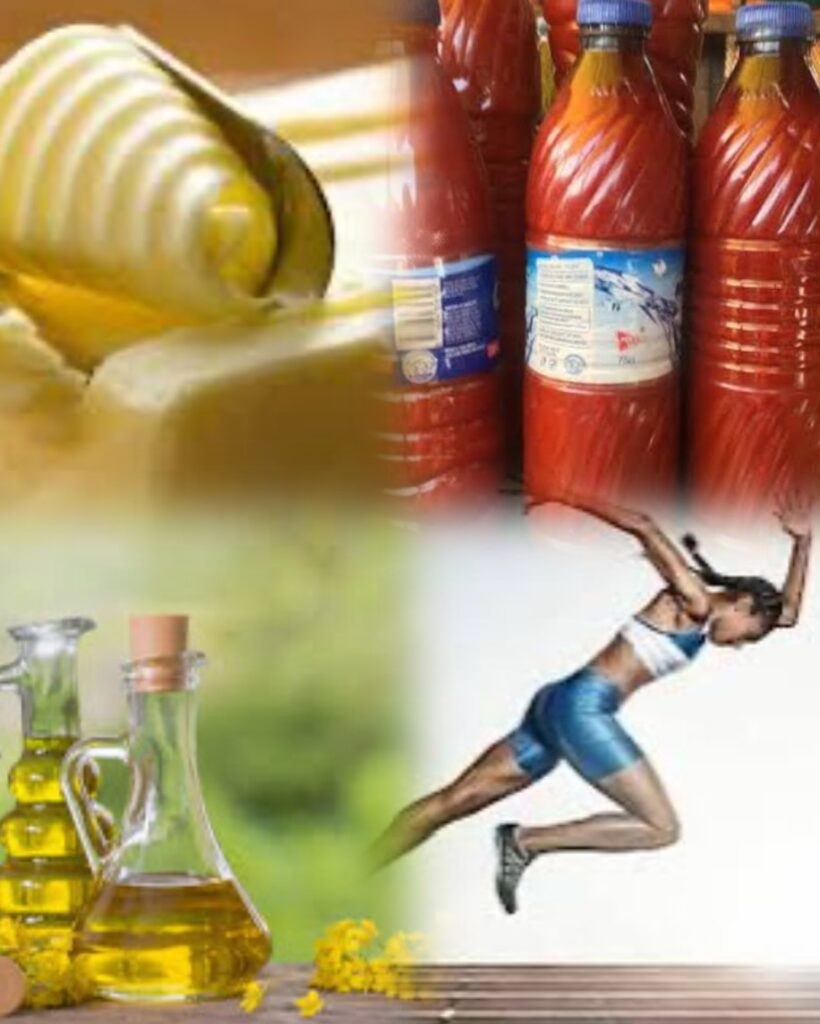Did butter, palm and vegetable oil affect the Athlete ?
Yes, butter, vegetable and palm oil can affect athletics because it is not properly regulated in food consumption.
Why did I need to talk about these two things? I have seen so many athletes who want to cook food just because they have it available they will add it to excess.
Naturally, palm oil increases levels of low-density lipoprotein (LDL or “bad”) cholesterol.
And vegetable oils in their natural form, don’t have sufficient oxidative balance, which increases the risk of obesity, heart disease, and high cholesterol levels.
This might be a problem for people who have high cholesterol by nature, despite their physical fitness. While exercise can improve cholesterol levels, some athletes have high cholesterol due to genetics. Diets like high-fat, low-carb diets which vegetables and palm oil are part of the contributors.
I am not saying athletes should not eat food or use vegetables or palm oil, but they need to be regulated.
.Cholesterol is a waxy, fat-like substance that is essential for body functions, such as building cell walls, making hormones, and producing vitamin D. Your liver makes all the cholesterol you need, and you also get it from foods of animal origin. Too much cholesterol in the blood can be harmful, as it can build up on artery walls to form plaque, blocking blood flow and increasing the risk of heart disease and stroke.
What are the worst foods for high cholesterol?
The worst foods for high cholesterol, given their high saturated fat content, include:
- Red meat, like beef, pork, and lamb, as well as processed meats like sausage.
- Full-fat dairy, like cream, whole milk, and butter.
- Baked goods and sweets.
- Fried foods.
- Tropical oils such as palm oil and coconut oil.
How does high cholesterol affect athletes?
However, the CDC notes that large-scale population studies confirm that high blood cholesterol raises the risk of heart disease and stroke. Sudden cardiac death (SCD) is the most common medical cause of sudden death in athletes. A 2016 study estimates it occurs in between 1 in 40,000 and 1 in 80,000 athletes per year.
